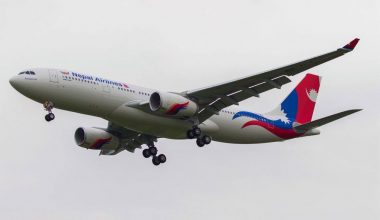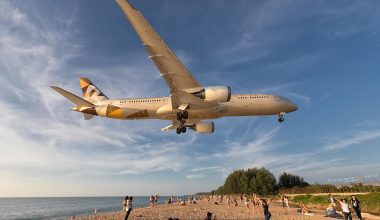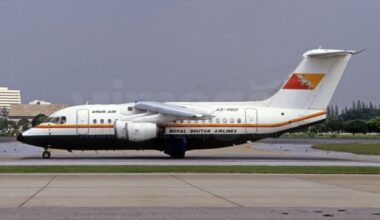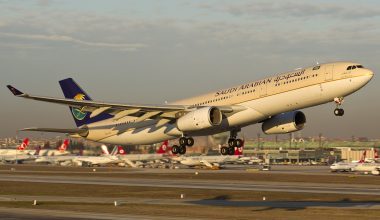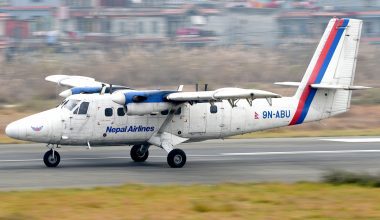Shanghai-based China Eastern Airlines, the launch customer for China’s homegrown C919 narrowbody aircraft, is planning to receive a single C919 jet this year, down from the previous forecast for three units. As per the carrier’s first-half year report for 2022 released on August 31, it expects to take delivery of one homebuilt passenger jet by the end of 2022.
The state-owned Commercial Aircraft Corporation of China (COMAC) will deliver the narrowbody jet to the carrier during the second half of 2022 once the aircraft type receives certification from China’s aviation regulator.
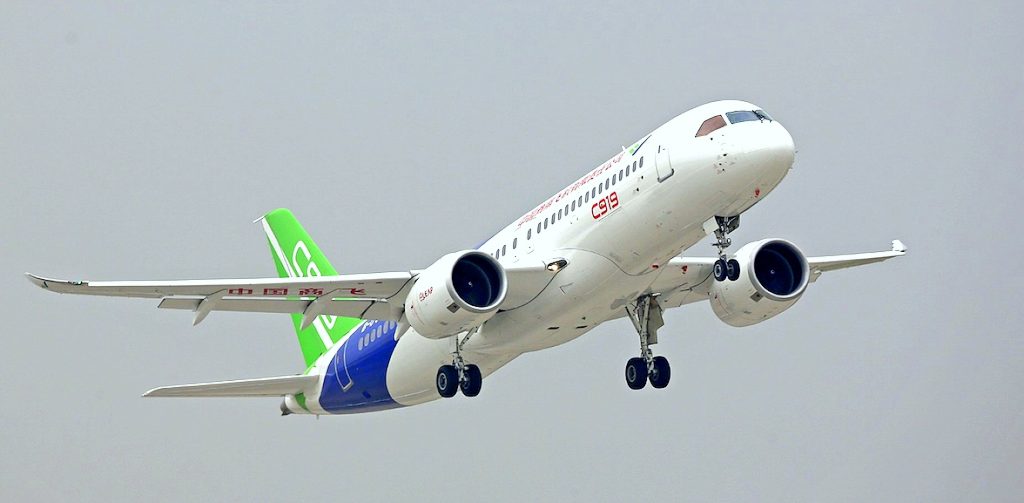
COMAC’s C919 plane has five firm orders from China Eastern Airlines, according to the purchase agreement signed in 2021. The carrier, which signed a letter of intent with COMAC in 2010, firmed up orders for five C919 twin-engine narrowbody aircraft in 2021.
Just a single unit in 2022
Although the previous plan was to obtain three C919 narrowbody aircraft deliveries in 2022 and the remaining in 2023, China Eastern Airlines now expects to receive just a single unit of the domestically-built jet this year. The news comes as the state-run aerospace manufacturer awaits the Civil Aviation Administration of China (CAAC)’s airworthiness certification of its newest medium-range jetliner later this year.
According to the carrier’s report, the remaining four jets will join the fleet of its launch customer in 2023. The first mid-range, single-aisle C919 jet bound for the initial customer, China Eastern, took to the skies for the first time on May 14, 2022, accomplishing three hours and two minutes of maiden flight successfully. Upon the delivery of C919s to China Eastern, the carrier will base the aircraft in Shanghai and deploy them to serve routes like Beijing, Guangzhou, Shenzhen, Wuhan, etc.
COMAC’s C919 delivery delays
In 2008, COMAC was founded in Shanghai to lead the C919 development project launched by China’s government. Despite the initial plans to get the passenger jetliner flying by 2014 and commercialize it by 2016, the first narrowbody C919 prototype completed its first flight only in May 2017.
The lack of technical expertise and equipment and problems in the supply of spare parts from its suppliers slowed down the commercial entry of C919 and pushed the launch date back to 2021. The stringent regulations on export controls by the United States further delayed the schedule as the North American country banned tech exports to COMAC due to its alleged military ties. The tightening of rules governing the export of spare parts and technical assistance to companies with ties to the Chinese military and C919’s dependence on western counterparts for the supply of powerplant and avionics affected the aircraft’s development program.

Against all odds and issues, the state-run COMAC completed all six C919 test flights in July, bringing the domestic jet a step closer to Type Certification. On July 23, China’s civil aircraft OEM, COMAC, announced the successful completion of the C919 test flights operated by the COMAC flight test center with the participation of Airworthiness Authority pilots from China’s aviation regulatory agency. The latest flight test tasks pave the way for COMAC’s newest jet to receive the final certification from the Chinese government.
C919’s specifications
Once the C919 type receives necessary regulatory approvals, it will pose a direct competition to European Airbus A320neo and American Boeing 737 Max variants in a narrowbody, medium-range, and single-aisle segment. C919 twin-engine jet is the emblem of China’s civil aerospace ambition and an effort of the Chinese government to underscore the reliance on homegrown technologies.
COMAC C919 aircraft has a seating capacity of up to 158-168 passengers and can fly at a maximum range of 5.555km. Although it competes against the best-selling aircraft types in the world, it offers less fuel efficiency and economics than western alternatives, making it a tough sell to airlines.
COMAC’s C919 jet has accumulated 815 provisional orders from 28 companies, a part of which will be converted into firm orders once the aircraft is certified by CAAC in the coming months. Majority of customers are Chinese, with very few from carriers outside the country.
The domestically-built C919 won’t seek Federal Aviation Administration (FAA) or the European Aviation Safety Agency (EASA) certification as it will rarely find favor outside China. After obtaining CAAC approval, the Chinese aerospace manufacturer must undertake additional test flights and provide pilot training before bringing the C919 jets to revenue service. The homegrown commercial jet is valued at 99 million US listed price as of May 10.

